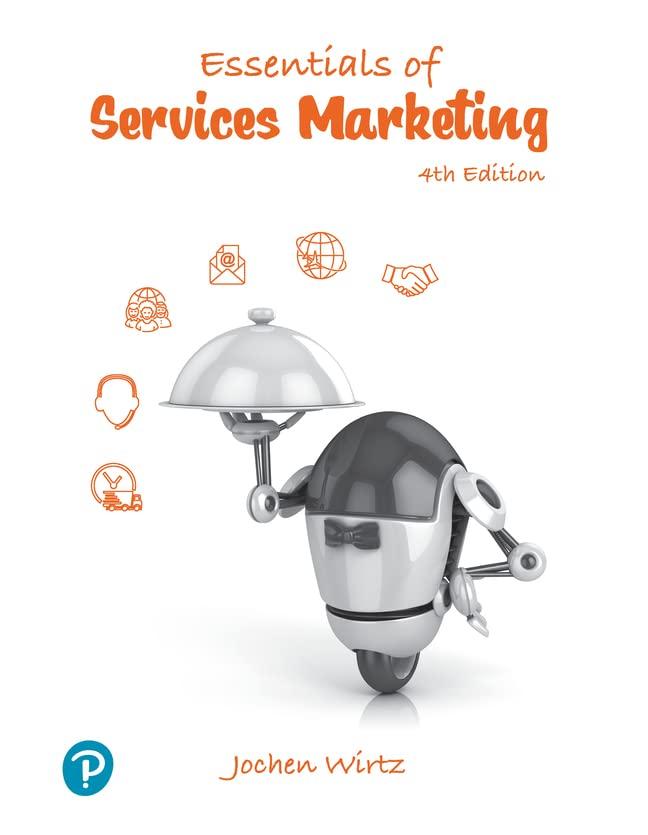Question
Katherine Potter knew a good thing when she saw it. At least, it seemed so at first. She was traveling in Italy when she spotted
Katherine Potter knew a good thing when she saw it. At least, it seemed so at first. She was traveling in Italy when she spotted pottery shops that made beautiful products ranging from ashtrays to lamps. Some of the pottery was stunning in design.
Katherine began importing the products to the United States, and sales took off. Customers immediately realized the quality of the items and were willing to pay top price. Katherine decided to keep prices moderate to expand rapidly, and she did. Sales in the second three months were double those of the first few months. Sales in the second year were double those of the first year.
Every few months, Katherine had to run to the bank to borrow more money. She didn't really discuss her financial situation with her banker because she had no problems getting larger loans. You see, she always paid promptly. To save on the cost of buying goods, Katherine always took trade discounts. That is, she paid all bills within 10 days to save the 2% offered by her suppliers for paying so quickly.
Most customers bought Katherine's products on credit. They would buy a couple of lamps and a pot, and Katherine would allow them to pay over time. Some were very slow in paying her, taking six months or more.
After three years, Katherine noticed a small drop in her business. The local economy was not doing well, and many people were being laid off from their jobs. Nonetheless, Katherine's business stayed level. One day, the bank called Katherine and told her she was late in her payments. She told them she had been so busy that she didn't notice the bills. The problem was that Katherine had no cash available to pay the bank. She frantically called several customers for payment, but they were not able to pay her, either. Katherine was in a classic cash flow bind.
Katherine immediately raised her prices and refused to make sales on credit. She started delaying payment on her bills and paid the extra costs. Then she went to the bank and went over her financial condition with the banker. The banker noted her accounts receivable and assets. He then prepared a cash budget and loaned Katherine more money. Her import business grew much more slowly thereafter, but her financial condition improved greatly. Katherine had nearly gone bankrupt, but she recovered at the last minute.
- How is it possible to have high sales and high profits and run out of cash?
- Why did Katherine do better when she raised her prices and refused to sell on credit?
- What was the nature of Katherine's problem? Was she correct to go to the banker for help, even though she owed the bank money? How could she have prevented some of the problems she eventually found herself faced with?
Step by Step Solution
3.40 Rating (159 Votes )
There are 3 Steps involved in it
Step: 1
How is it possible to have high sales and high profits and run out of cash Its possible to have high sales and profits but still run out of cash due t...
Get Instant Access to Expert-Tailored Solutions
See step-by-step solutions with expert insights and AI powered tools for academic success
Step: 2

Step: 3

Ace Your Homework with AI
Get the answers you need in no time with our AI-driven, step-by-step assistance
Get Started


